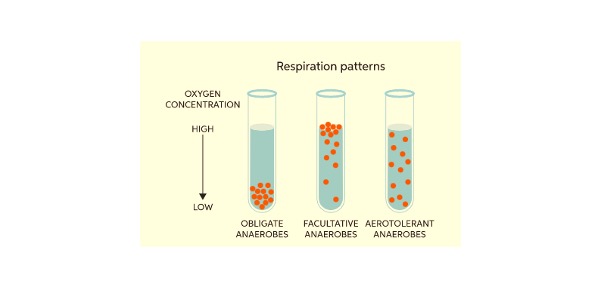Labia Definition
Labia is the female’s genital part, which consist of vulva, which is the external area. In humans, there are two parts of labia, which are labia majora and minora. Within the labia majora is the labia minora, which consists of folded skin. Labia majora is bigger than labia minora and is quite visible and is flat. It gives protection to the urethra, clitoris and vagina.
Labia Minora
Under the labia majora, is the labia minora present which comprises of folded skin in two parts and there is no hair present. The main function of labia is to protect the urethra, vagina openings and connects it to the clitoral glands and hood.
The labia minora folds connect near the vagina, at the frenulum position of labia minor. On the labia minor surface, there are erectile tissue, sebaceous glands and sweat glands and nerve endings. When labia majora is moved, only then minor can be seen and is usually damp.

Labia Majora
It is the skin’s outer folding, which consists of adipose tissue and are quite thicker. Labia minora is present on both sides of vulva, meets at the central point which is called the pudendal cleft. Labia majora’s lower part connects to the frenulum of minora and above perineum at a position known as posterior commissure.
The labia majora’s upper part meets in between the mons pubis and the clitoris at a position known as anterior commissure. Labia majora’s function is to protect vulva, they occupy the whole vulva.
The outer hair consist of hair, which are seen after the puberty hits, and the inner area does not have hair, but contains nerve endings, sebaceous glands and sweat glands. Labia majora is occupied with blood, while sexual activity and is a vascular tissue.
Labia Growth and Development
i. Prenatal Development
The sex of a child is determined by the male and female chromosomes. The males are born due to the Y chromosome, whereas females are born due to X chromosome. While the embryo is getting formed, the chromosome Y will have an impact on the testis development, which will result in the formation of male sex hormones.
If the male hormone is absent, genitals of female will be formed. The formation of genital is seen at the 4-6 weeks of pregnancy, where the formation of genitals is the same process, where two urogenital folds are formed, a genital tubercle and two labioscrotal folding.
At 9th week of pregnancy, labioscrotal swellings forms the labia minora and urogenital folds form the labia minora. These development is completed by the 12th week of pregnancy.
ii. Childhood
Once the child is born, labia majora and minora are both present and completely formed and the color is same like the body. However, when the child is two years later, its uniform and smooth but not that visible.
As the labia is regulated by the hormones, the thickening of it at birth is due to mother’s hormones, while the fetus is developing, whereas the thinning of it is due lack of sexual hormones during early days.
iii. Old Age
The hormones does have an impact on the labia and when these hormone secretion are stopped, resulting in menopause, changes in labia does occur. It starts to become flat, because of adipose tissue and is wrinkled.
The hair seen around the labia majora, which were thick are now grey in color and quite thin. The flexibility of that area becomes to reduce and labia starts to shrivel.
iv. During Puberty
At that time as the hormone is secreted in large amounts, changes in labia are seen. The thickening of labia majora is seen due to adipose tissue percolation. On the labia major outer surface, hair is seen to grow, throughout the outer area and are thick and are pointed towards the mons pubis.
With the puberty moving the hair becomes more thick, dense and start to curl out. Once the puberty is done then that outer area starts to change color to a darker color and also has wrinkles. During pregnancy as well, the color might change.
Labia Citations
- Plasma cell vulvitis: A systematic review. Int J Womens Dermatol . 2021 May 4;7(5Part B):756-762.
- Anatomy, Abdomen and Pelvis, Genitofemoral Nerve. PMID: 28613484







